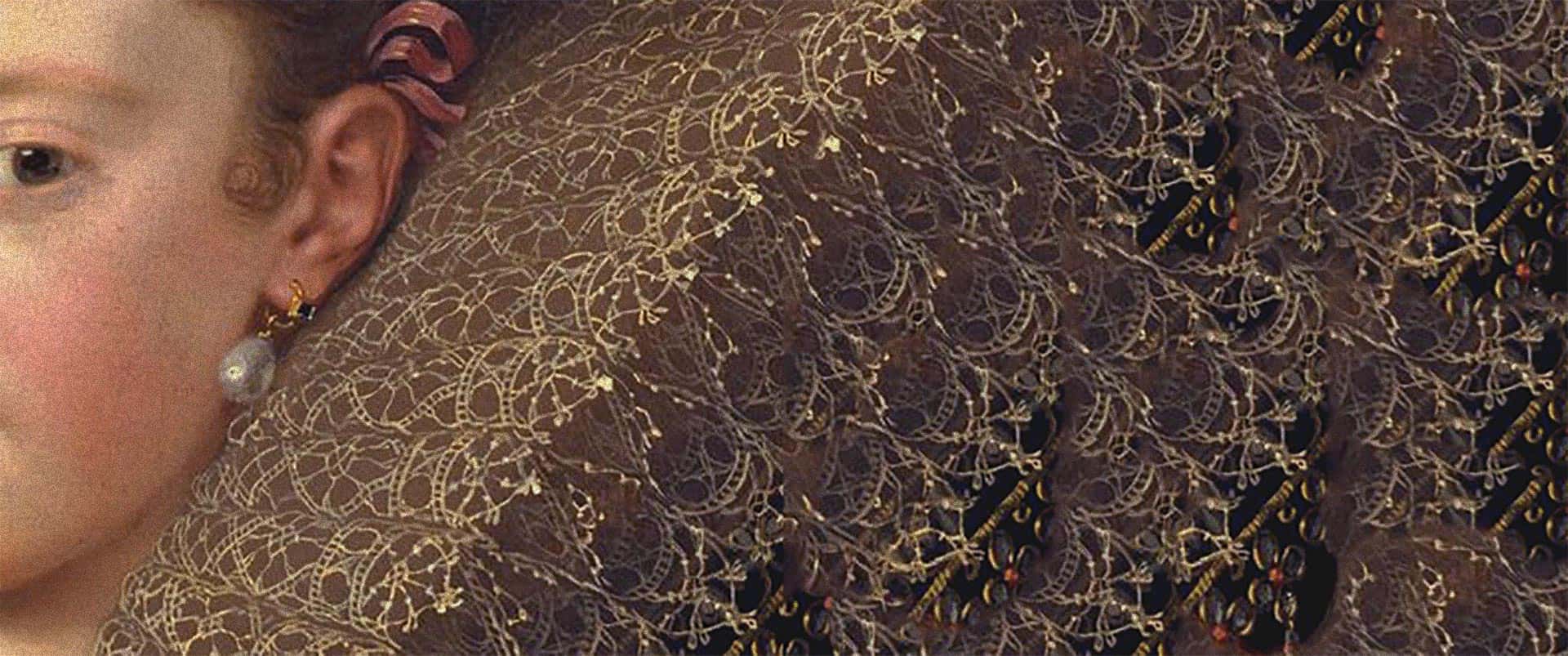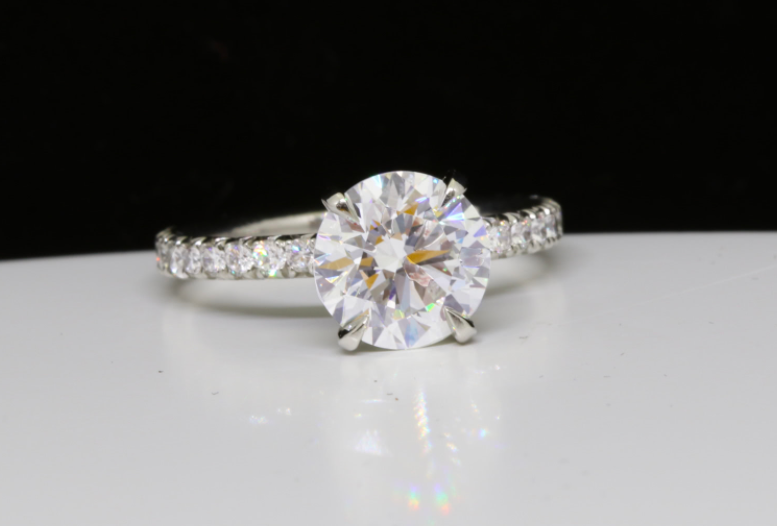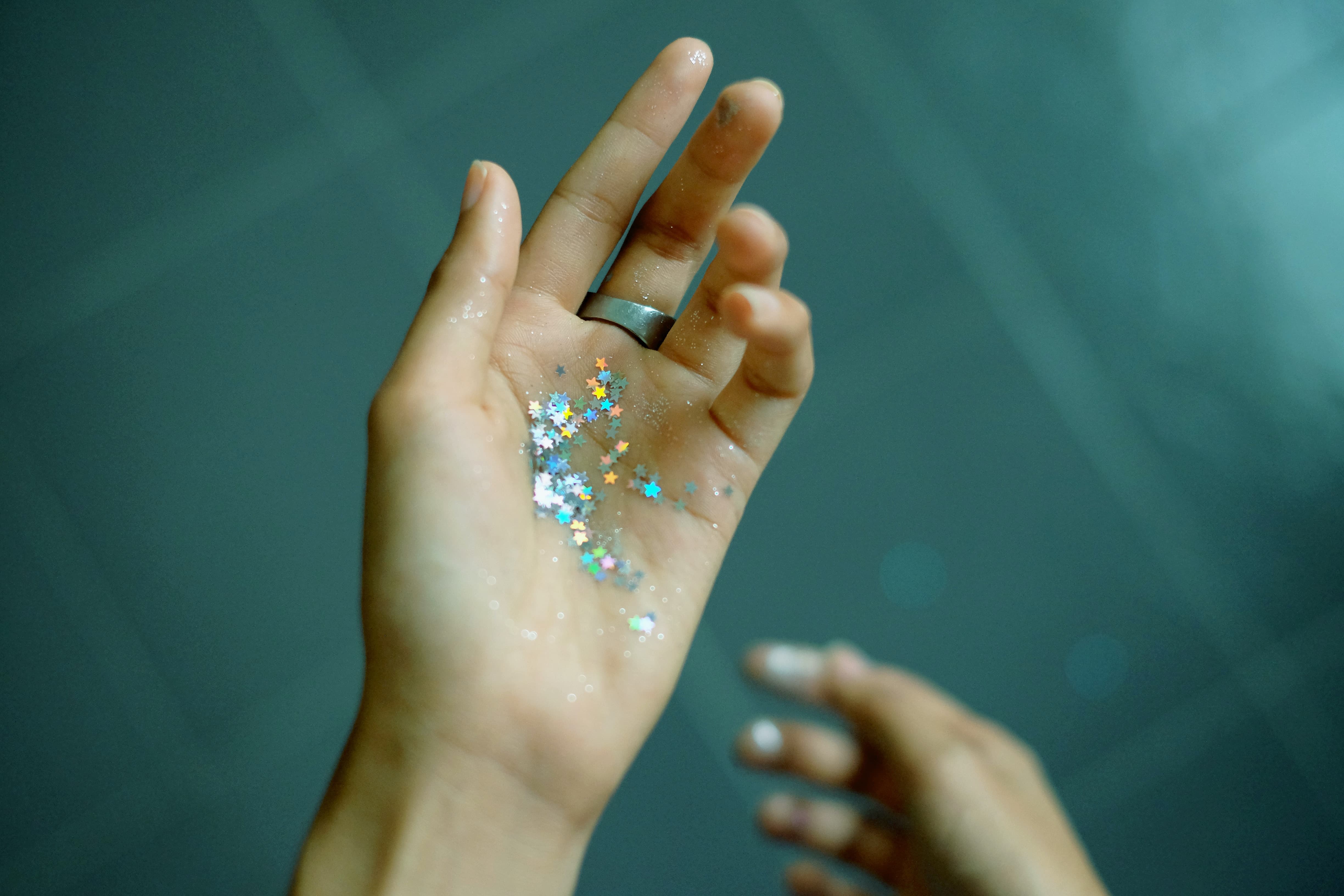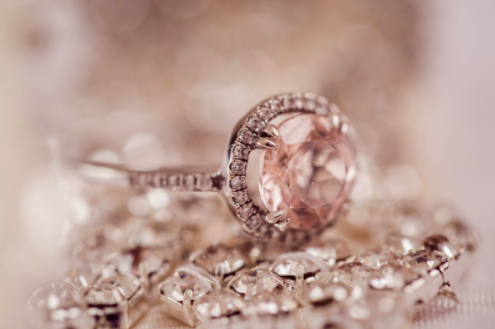Come Visit Us
- Monday 11:00–6:00
- Tuesday 11:00–7:00
- Wednesday 11:00–7:00
- Thursday 11:00–7:00
- Friday 11:00–7:00
- Saturday 10:00–4:00
- Sunday closed


Last week I came across aNY Times articlethat breaks down the elements that actually make a diamond. This short article got me thinking about the difference between man made vs. naturally occurring diamonds, and the confusion around both. Below I’ve shared my thoughts on this.
A man made or lab made diamond is omitting the timelessness and everlasting value a naturally occurring diamond possesses. It takes away the precious scarcity and value that has made today’s diamonds so popular and desired. Although to the naked eye, these so-called diamonds may look similar, they are quite fake and unfortunately do not hold their value. Also, rarely talked about is the fact that these man made “diamonds” actually give off a blue hue.
Imagine years later passing down a lab made stone...one that no longer holds its value due to how common it is to create. Now imagine passing down a family heirloom diamond, one that no matter how old or dusty it becomes, remains timeless. A prized treasure for generations to come. It’s the scarcity and naturally occurring timeless beauty you are purchasing when you seek out a precious diamond gem.
As this article states, “Just as one cannot compare an original painting to a reproduction, one cannot compare a diamond to a manufactured replica”. In order to be called a diamond it must be naturally occurring.
Trends around diamond shape, diamond settings, and gem color may come and go, but the beauty that is of a true diamond is everlasting.
Have questions or comments? Share them them below, we’d love to hear from you.
-LB

The diamond industry as we know it is about to get flipped upside down...well the man-made diamond industry that is.
In case you missed the latest industry news, diamond power house, and long time advocate for naturally occurring diamonds, De Beers, recently announced their launch of a lab-grown (LG) jewelry line beginning this September, called Lightbox.
The items in their new Lightbox collection will be priced between $300-$1000 dollars and their lab-made diamond will retail for a fraction of their naturally occurring cost. Simply put, they are disrupting the disruptors of the diamond industry, and doing it well.
According to the article,Lightbox has a very simple and low pricing system that takes color, clarity, and make completely out of the equation. Instead, the offering will be all about design. The pricing is straightforward and simple: diamonds go for $200 per quarter-carat, so prices are $400 for a half carat, $600 for a 0.75-carat, and $800 for a one-carat stone.
But before you think this news may have some high end jewelers running for the hills, you might want to think again.
Having such a large company like De Beers become a top player in the man-made or lab-grown diamond industry, and price their jewelry accurately, means that they are actually placing more value into naturally occurring diamonds due to their rarity and timelessness. Lab-made diamonds are just that, lab made. There is nothing special about them other than the fact that they look somewhat similar to a naturally occurring diamond. Sure they make a great gift for a young girl’s elementary school graduation necklace, but to give as an engagement ring or deeply sentimental gift would seem counterintuitive.
“We’ve been telling our customers this all along. If they don’t want to buy an actual diamond, they should look into buying moissanite instead--as any lab-made diamond just isn’t going to hold its value.” - Set F., owner of La Bijouterie and long time diamond trader/jeweler.
But don’t be fooled, although this move is actually good news for many high end jewelers specializing in diamonds, it will be extremely troublesome for business who focus solely on lab-made diamonds, as the prices for Lightbox are extremely competitive.
.jpeg)
According to this Edahn Golan article, “From a marketing perspective, this is devilishly clever. It provides a fashion item at a very reasonable cost. But it does not end there because it certainly turns the LG discussion on its head – no longer is the price of the diamond attached to naturals. According to De Beers CEO Bruce Cleaver, the cost of producing a 0.50-carat LG is double the cost of producing a 0.25-carat stone, “and there is no rarity element to it, right? So the price is double,” he explained.”
“Disconnecting LG prices from naturals, focusing on the design elements and responding to consumer interest in a fun item that is fashionable and disconnected from ethics shifts the discussion.”- EG
And shifting the discussion it has.A man made or lab made diamond is omitting the timelessness and everlasting value a naturally occurring diamond possesses. It takes away the precious scarcity and value that has made today’s diamonds so popular and desired. Although to the naked eye, these so-called diamonds may look similar, they are quite fake and unfortunately do not hold their value. Also, rarely talked about is the fact that these man made “diamonds” actually give off a blue hue.
Just as one cannot compare an original painting to a reproduction, one cannot compare a diamond to a manufactured replica. In order to be called a diamond it must be naturally occurring.
Trends around diamond shape, diamond settings, and gem color may come and go, but the beauty that is of a true diamond is everlasting.
~ LB

You’re about to make the biggest purchase of your life, yet wish you could clarify a few questions and clear up a few rumors you have heard about the diamond industry as a whole. Well look no further because we’re debunking some of the common misconceptions in hopes you breathe a sigh of relief.
Myth: Diamond mining is terrible for the environment
Reality: Considering little to no chemicals are used during diamond mining, (which would otherwise be harmful to the staff’s health), diamond mining is generally less harmful to the environment than other types of mining. Additionally, the orebodies used in mining are vertical not horizontal, ultimately affecting less of the surrounding area. Many companies have established protected habitats adjacent to their operations, often times larger than the mining operation itself.
Myth: There is a high chance that you could buy a conflict diamond
Reality: One of the most popularized myths of all is the issue of conflict diamonds — or “blood diamonds”. During the brutal civil wars in Sierra Leone and Angola in the 1990s, the diamond industry has made great strides given what this time unveiled. Since the introduction of the Kimberley Process (KP) certification scheme and the World Diamond Council (WDC) System of Warranties, more than 99.8% of the world’s diamonds are certified conflict-free, with the support of 81 countries.
Today the industry is mostly self-regulated, and various countries have additional layers of government regulation in place. The UK’s Government Diamond Office, for example, works closely with HM Revenue & Customs, the European Commission and civil groups to combat illicit diamonds.
Additionally, there are voluntary and self-regulation systems that are effective in maintaining the diamond pipeline. Like most jewelers, we want to ensure our customers have the confidence to know that our source of supply is conflict-free. Additionally, may jewelers subscribe to the Responsible Jewelery Council, De Beers’ Best Practice Principles, and the Signet Responsible Sourcing Protocol.
Myth: The diamond industry is a monopoly, owned by De Beers.
Reality: The good news is no one company has had controlled the market for decades. This myth dates back to the 1980’s when De Beers did indeed control over 90% of the supply chain and was almost wholly responsible for marketing diamonds, having developed its famous “A Diamond Is Forever” slogan in the 1940s. This also led to the perception that De Beers “invented” the diamond engagement ring, when in fact the first was recorded as early as 1477 byArchduke Maximillian of Austria, who commissioned the very first diamond engagement ring on record for his betrothed, Mary of Burgundy.
By the 1990s, the market for new mining companies opened, breaking the hold that De Beers and Alrosa had on the industry and ushering in a new wave of diamond discoveries in Angola and Canada, according to Pouroulis.
Today De Beers company share of the diamond market is closer to 35%, while five other companies divide the remaining 65% of diamond share.
Myth: Diamond mining individuals and communities are mistreated and at-risk
Reality: To first understand why this myth is so false, you must first understand how the mining process works and how much diamond mines actually help strengthen a community. The isolated nature of diamond mines means the workforce lives close by and develops a community spirit, which the diamond industry supports by investing in hospitals, schools, training and bursary programs.
For example, 33% of Botswana’s GDP comes from diamond mining, and an estimated five million people globally have access to health care thanks to diamond revenues, according to diamondfacts.org.
Today’s mining is not done by hand but is quite automated with miners moving millions of tons of rocks per year. Miners operating large earth loaders in open pits or underground would never even see a diamond.
Myth: The diamond industry is secretive and closed to outsiders and not to be trusted.
Reality: This myth simply stems from a place of fear. The high-value nature of diamonds may be to blame for the presumption that the industry is filled with inaccessible people and organizations, more comfortable with secrecy than transparency. The reality is there is a whole spectrum of hard-working people all at different levels of financial success. Just like any business, success in the diamond industry is all dependent on how a business has been built.
It’s not uncommon for society to expect to see businesses reporting on their social activities, financials and stakeholders to increase transparency and trust. This shift in societal expectation has created major changes in the diamond sector for the better - more transparency and more trust.
You might also be pleased to know that diamond retailers such as De Beers are not sitting on stockpiles of diamonds nowadays, but instead build up inventory before making a sale as any retailer would.
Have a question that wasn’t addressed above? Leave us a comment below!
~ LB

Thank you for visiting La Bijouterie...
Don't forget to read our latest Blog entry
or this interesting blog post!